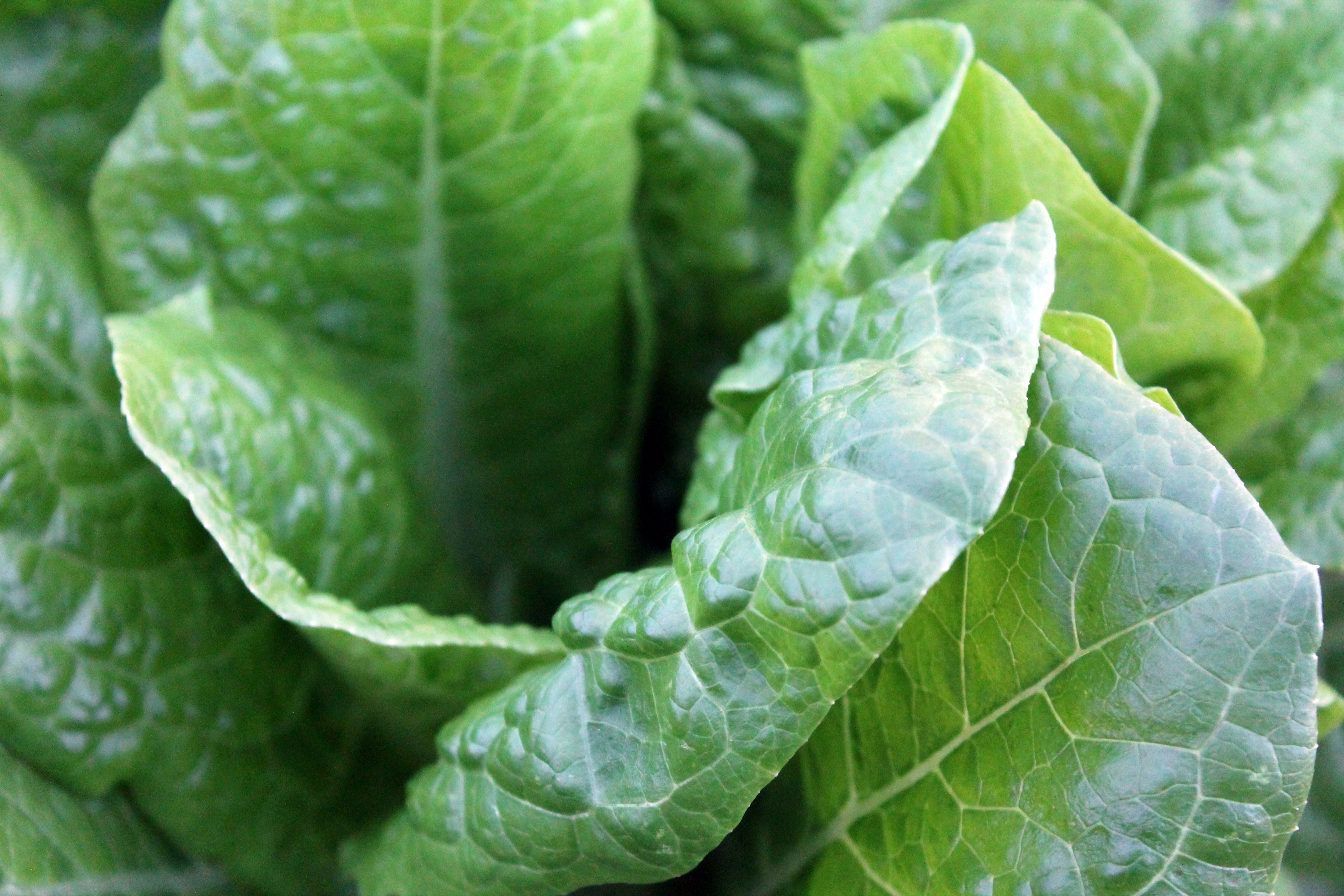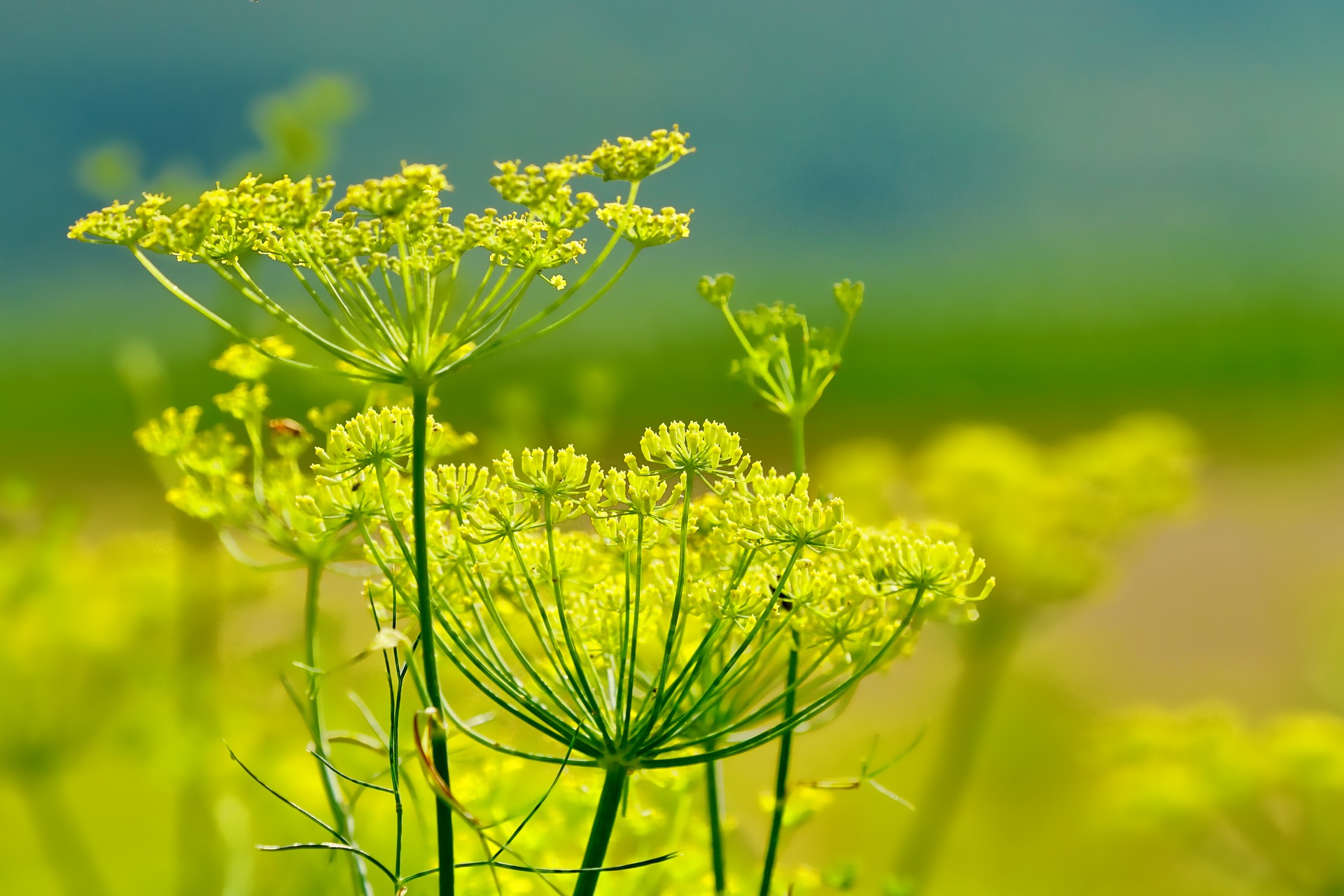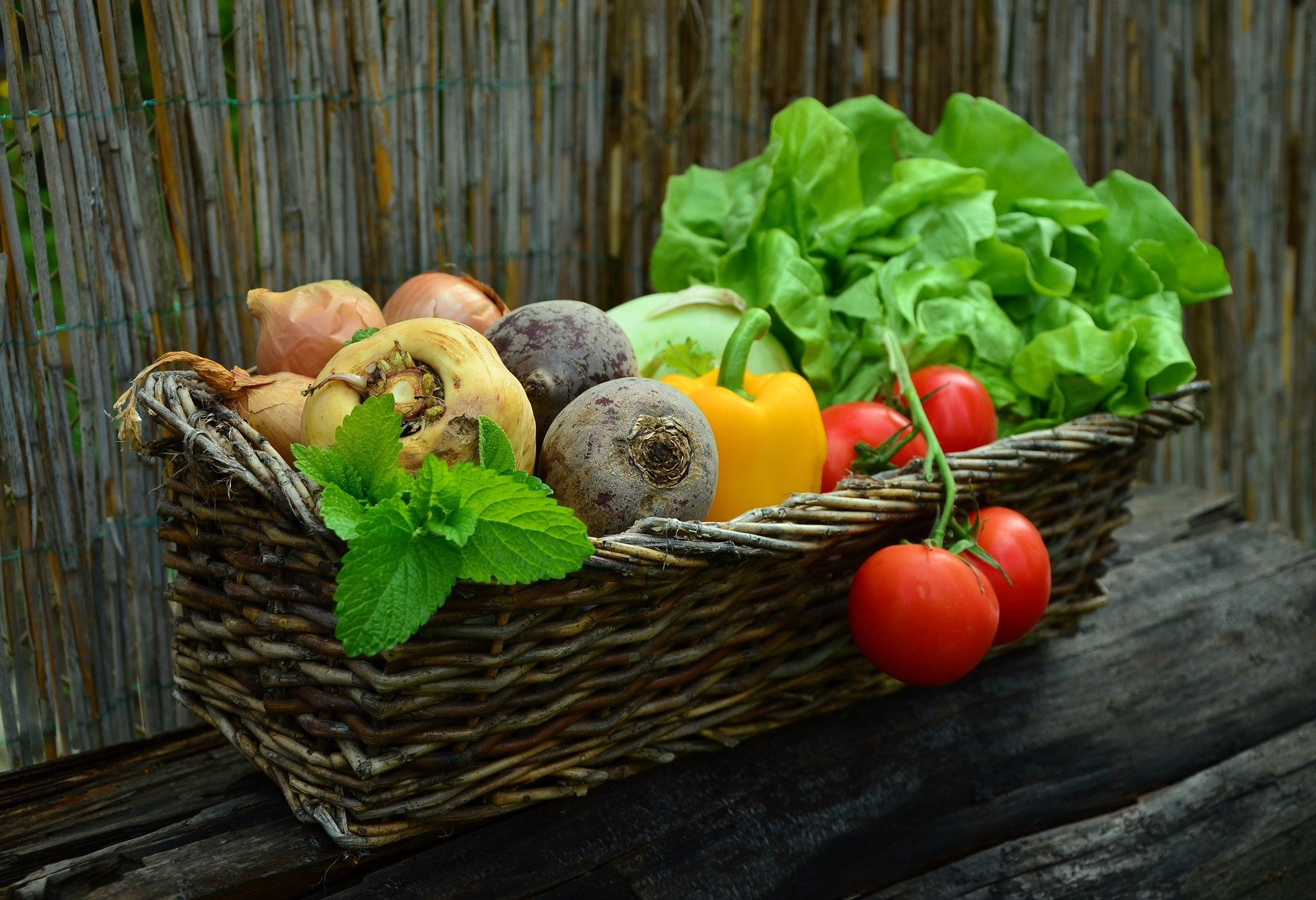Edible Garden
go.ncsu.edu/readext?789543
en Español / em Português
El inglés es el idioma de control de esta página. En la medida en que haya algún conflicto entre la traducción al inglés y la traducción, el inglés prevalece.
Al hacer clic en el enlace de traducción se activa un servicio de traducción gratuito para convertir la página al español. Al igual que con cualquier traducción por Internet, la conversión no es sensible al contexto y puede que no traduzca el texto en su significado original. NC State Extension no garantiza la exactitud del texto traducido. Por favor, tenga en cuenta que algunas aplicaciones y/o servicios pueden no funcionar como se espera cuando se traducen.
Português
Inglês é o idioma de controle desta página. Na medida que haja algum conflito entre o texto original em Inglês e a tradução, o Inglês prevalece.
Ao clicar no link de tradução, um serviço gratuito de tradução será ativado para converter a página para o Português. Como em qualquer tradução pela internet, a conversão não é sensivel ao contexto e pode não ocorrer a tradução para o significado orginal. O serviço de Extensão da Carolina do Norte (NC State Extension) não garante a exatidão do texto traduzido. Por favor, observe que algumas funções ou serviços podem não funcionar como esperado após a tradução.
English
English is the controlling language of this page. To the extent there is any conflict between the English text and the translation, English controls.
Clicking on the translation link activates a free translation service to convert the page to Spanish. As with any Internet translation, the conversion is not context-sensitive and may not translate the text to its original meaning. NC State Extension does not guarantee the accuracy of the translated text. Please note that some applications and/or services may not function as expected when translated.
Collapse ▲This garden is maintained by Extension Master Gardener℠ volunteers in Brunswick County.
Brunswick County Botanical Garden Map
PURPOSE
The purpose of the Edible Landscape Demonstration Garden (ELDG) in the Botanical Garden is twofold. First, it provides ongoing educational opportunities for visitors to see the potential for growing edible plants in Coastal North Carolina throughout the year and to think about growing edibles in new and exciting ways. Second, it offers Master Gardeners hands-on experience in designing and implementing ELDG areas that can be replicated in home landscape settings.
The garden includes annual vegetables, perennial vegetables, annual edible flowers, perennial edible flowers and plants that can be used for medicinal purposes. The garden reflects realistic conditions that a home gardener can expect to encounter as the plants are interspersed among trees and shrubs.
HARDSCAPE
Hardscape has been introduced in the form of additional pathways to allow for better viewing and maintenance. Additionally, a bench/trellis was built to support climbing Edibles as well as a place to sit and enjoy the beauty of the surrounding garden.
INTEGRATED PEST MANAGEMENT
Insecticides and pesticides are not used unless the issues cannot be controlled by natural methods. Marigolds, Cosmos as well as Gaillardia and a variety of Mustards are planted to provide natural insect repellents. Tat Soi (an Oriental green) will be planted not only as an edible but as a “trap crop” for insects to feed upon, discouraging insects to not eat other more desired leafy edibles.
OUR PLANTS
Most plants are propagated via harvesting seeds or planting new seeds. We continually change some crops depending on the success or failure of some edibles throughout the year. Since there are several areas that are quite shady, appropriate selection of shade bearing plants is necessary.
LEARN FROM OUR LABELS
As you walk through the edibles garden, be sure to note the plant identification labels which also show the use of that plant. Many plants have more than one way of being used. Our labels don’t have enough space to list everything.
For example, Fennel is a versatile plant. The very fine leaves can be food for flavor. The Fennel bulbs can be sliced and added to many types of recipes to include stir fry.
Allow the Fennel plant to flower so that once the flowers have faded, the seed is inside the flower. Harvest the seeds and add them to many recipes. Fennel is featured in most Mediterranean cuisine. Fennel also has many medicinal uses as well. This just one example of a multi-purpose plant.
EDIBLES YEAR ROUND
We plant year around. In the winter, the cool season crops such as Kale, Broccoli, Spinach, Carrot, Lettuce and Cabbage survive.
We overlap the winter crops with the warm season crops such as Eggplant, Okra, Peppers, Tomatoes and Sweet Potatoes. When the two seasons overlap, we often have over 100 different types of plants planted with many varieties of each type. In the Spring, we have several varieties of Tomatoes planted with varieties of Lettuce. In the high season, we could have over 1000 plants in the ground.
Additionally, we have over 20 different kinds of perennials (plants that are hardy and return each year) such as Fennel, Sage, Stevia and Turmeric that return each year.
Vegetable gardening can be very rewarding not only for the bounty that is yielded, but for the color and variety of plants that is introduced into the landscape. Make a list of some of these plants and do your research and have fun with edible/medicinal plants.






